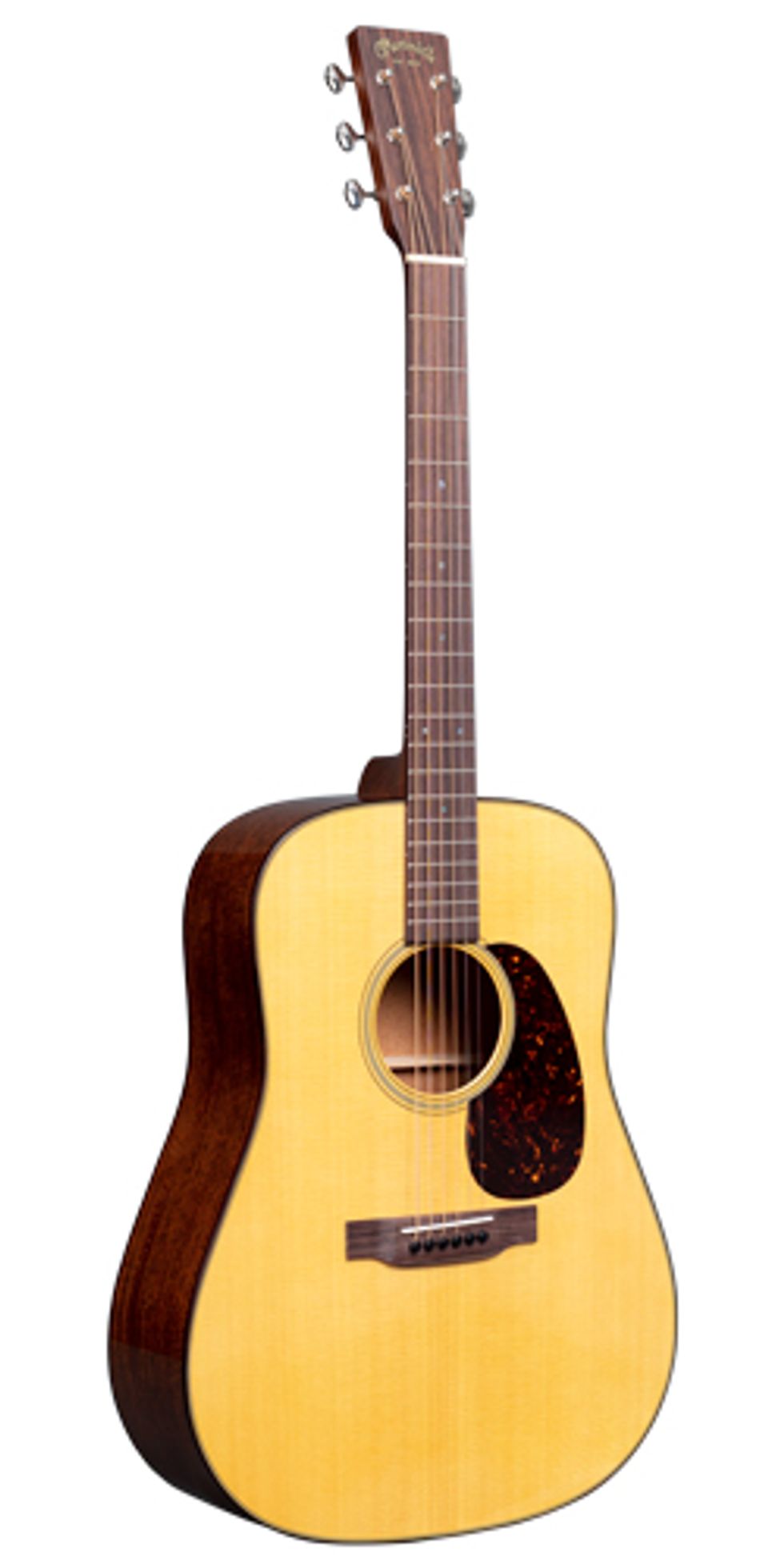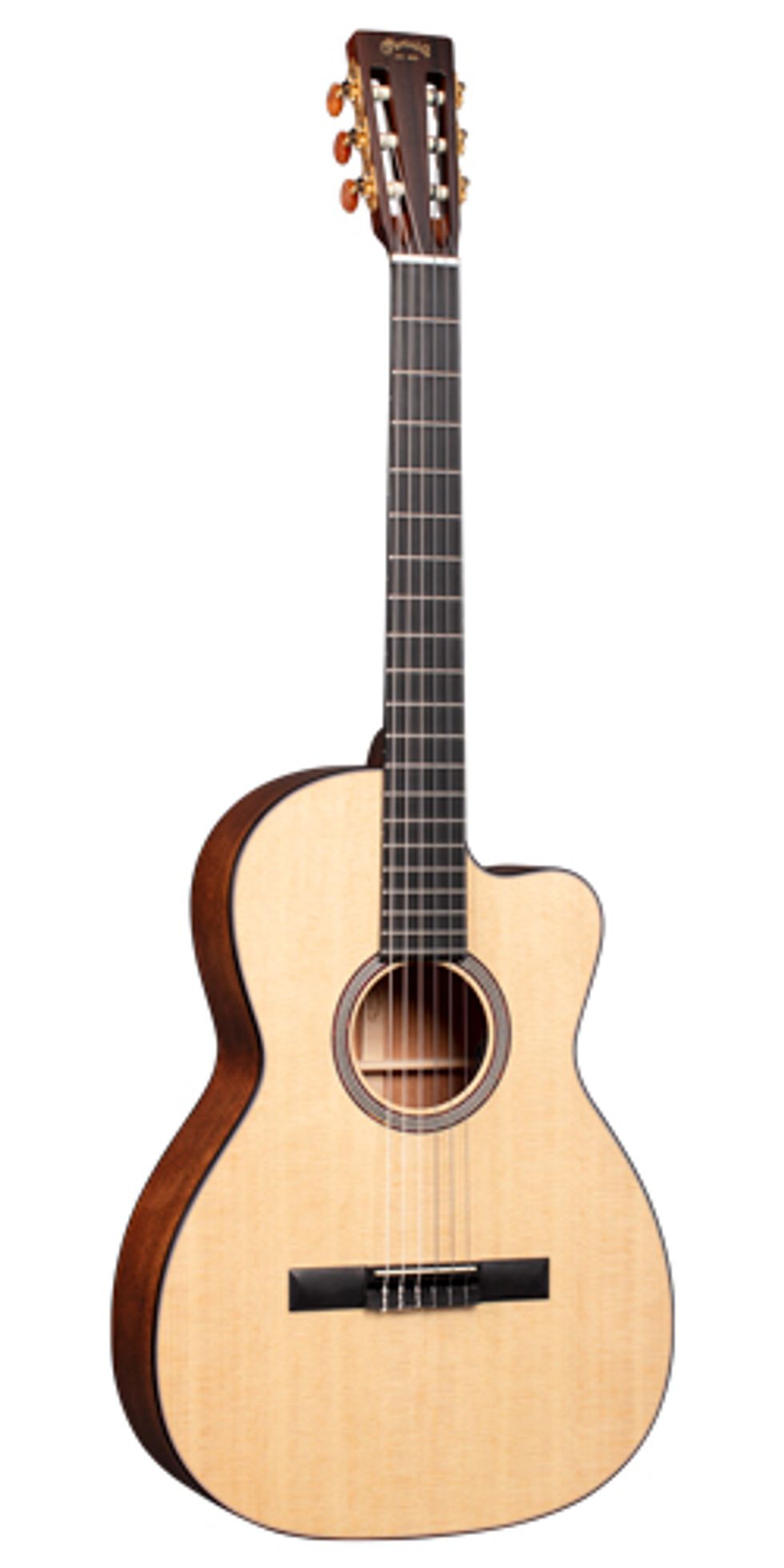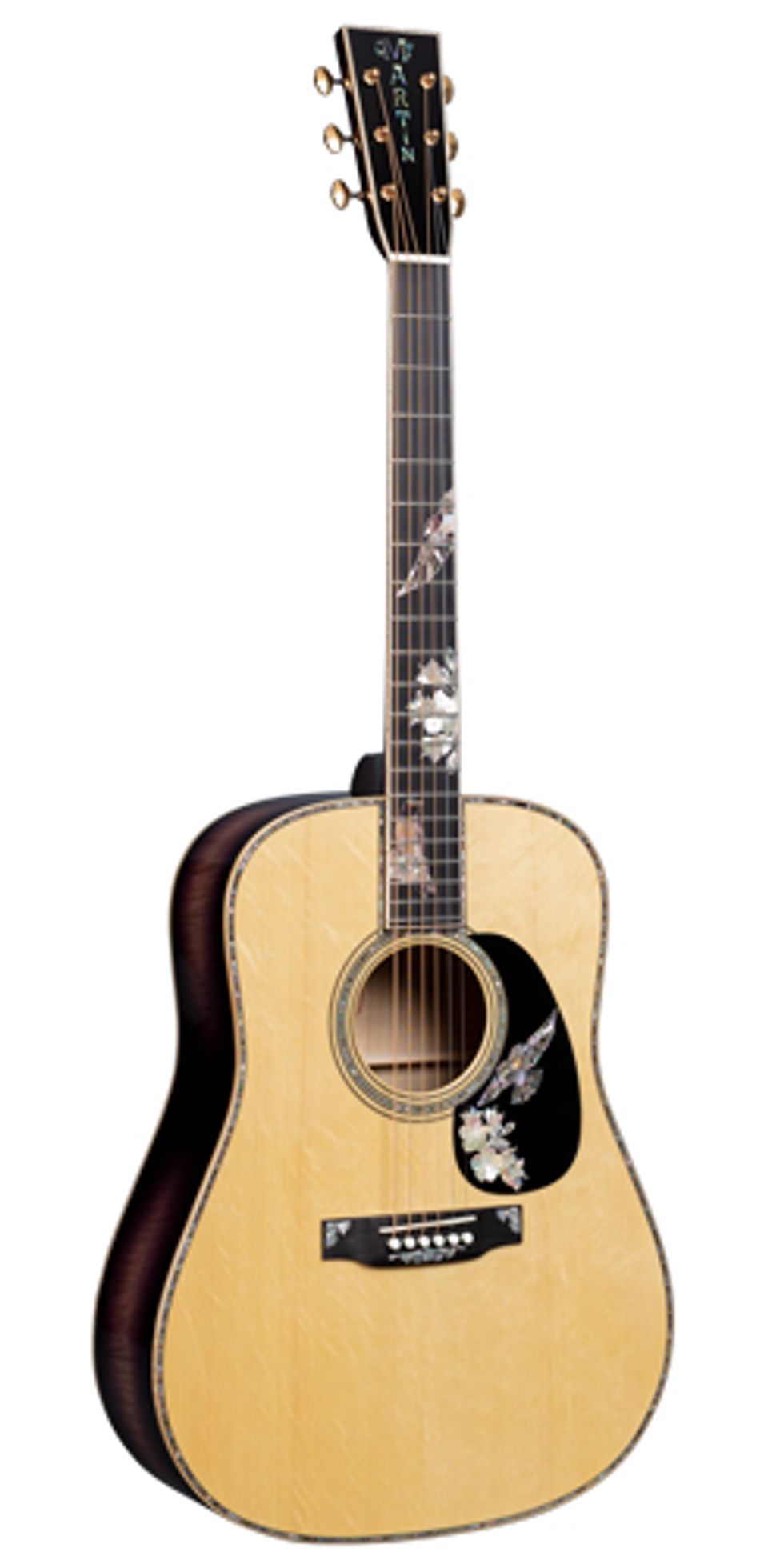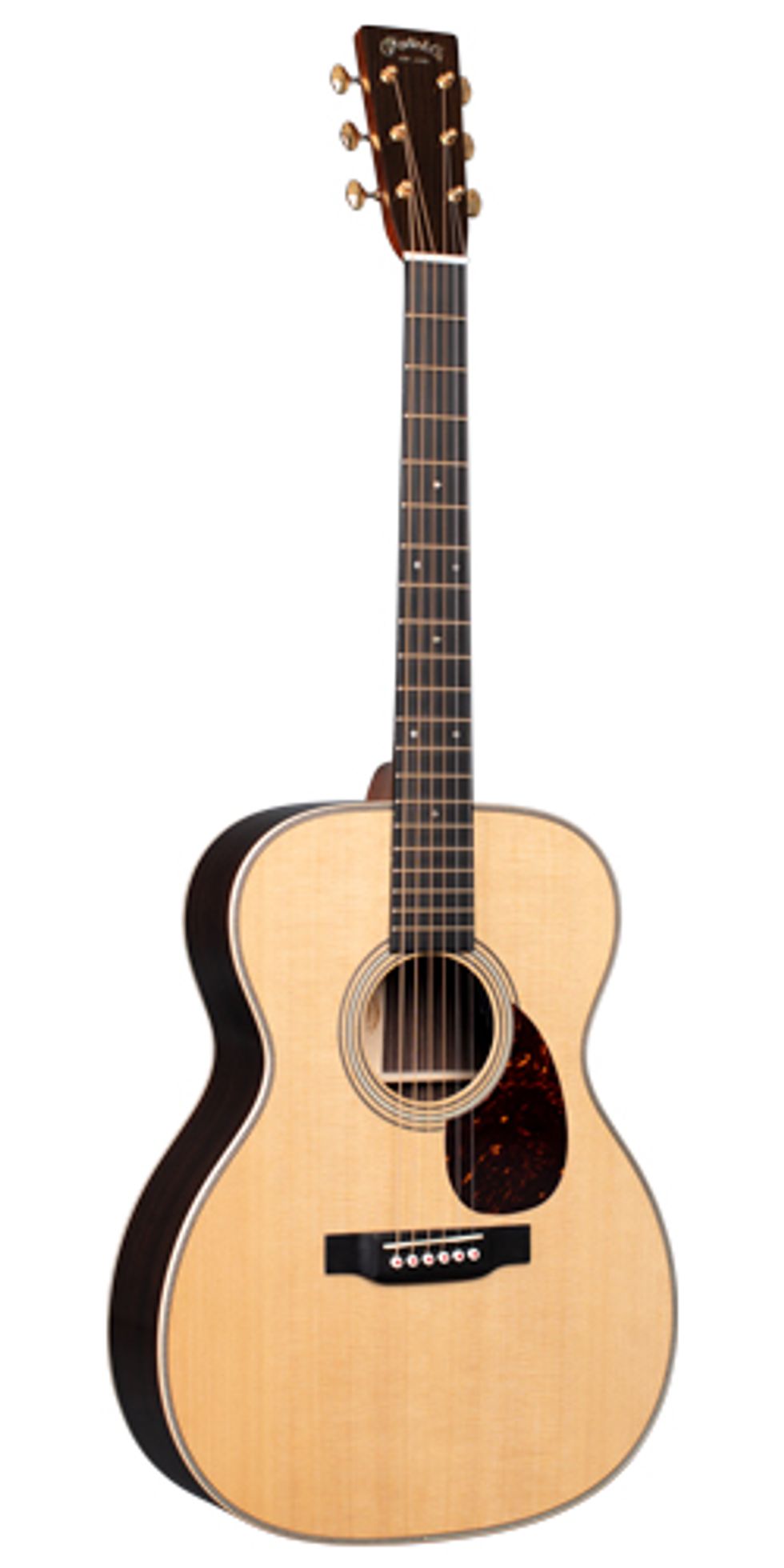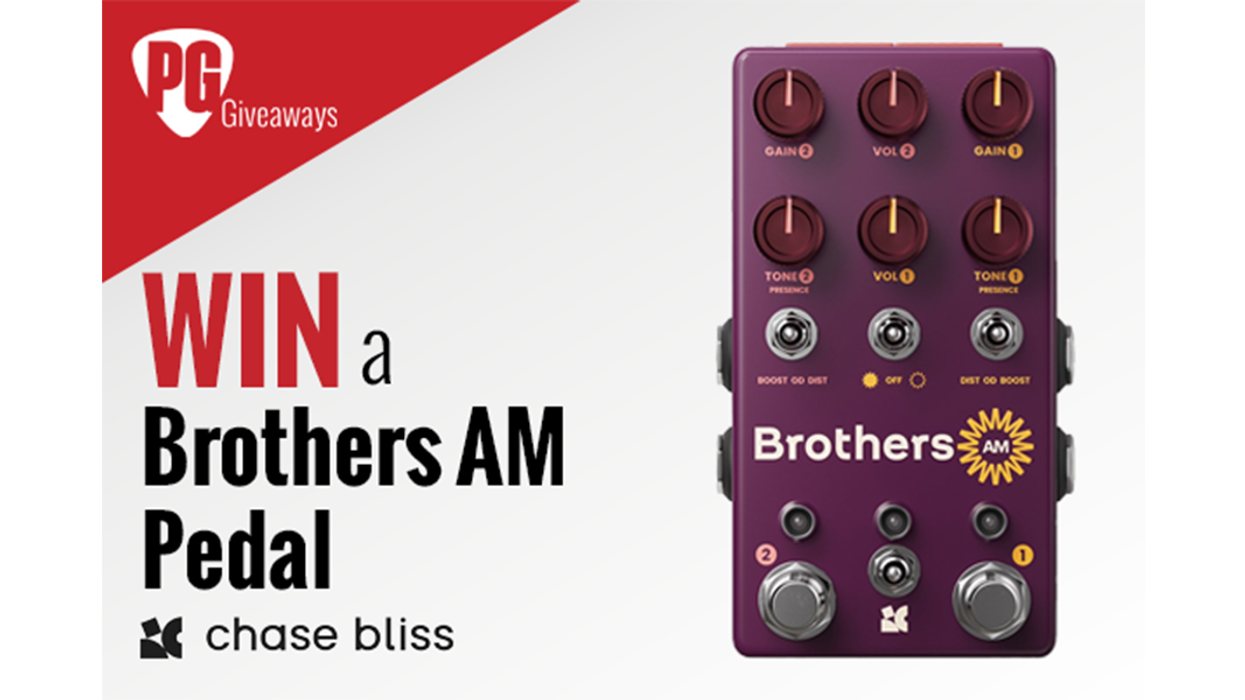Nazareth, PA (Winter NAMM, HALL D, Booth 5602) (January 7, 2020) -- C. F. Martin & Co. (Martin) will introduce a suite of upgraded X Series guitars, a new 12-fret nylon string guitar, a new acoustic bass guitar, new 16 Series models, new Modern Deluxe Series models with electronics, a limited edition D-18E 2020, and the fourth in a series of exquisite Purple Martin models at Winter NAMM in Anaheim, California, January 16-19, 2020.
LIMITED EDITIONS
D-18E 2020
The D-18E 2020 is a limited edition version of the historic 14-fret D-18, which officially joined Martin’s lineup in 1934. Like its namesake, the D-18E 2020 is constructed with a Sitka spruce top and genuine mahogany back and sides plus all of the Standard Series elements that, combined, offer supreme playability and legendary Martin tone. What sets it apart is the use of exquisite East Indian rosewood for the headplate, fingerboard, binding, bridge, and heelcap. The D-18E 2020 comes stage-ready with LR Baggs Anthem electronics. The guitar is strung with Martin Authentic Acoustic Lifespan® 2.0 strings, and it is limited to 2,020 instruments. List price $3,649.
D-42 Purple Martin Flamed Myrtle
The D-42 Purple Martin Flamed Myrtle is the fourth instrument in the Purple Martin Series. The “Purple Martin” theme is inspired by a native bird of Pennsylvania, where Martin Guitar’s headquarters and factory are located. Limited to 100 instruments, this head-turning model includes 42-style pearl inlay throughout and highly decorative inlay on the fingerboard and pickguard of the purple martin bird and mountain laurel flowers, the state flower of Pennsylvania. It is a full-gloss guitar with a heavy bearclaw Engelmann spruce top with a deep purple burst and stunning flamed myrtle back and sides. Each model includes a label signed by C. F. Martin & Company Chairman and CEO Chris Martin. The D-42 Purple Martin is strung with Martin Authentic Acoustic Lifespan® 2.0 strings. List price $14,999.
MODERN DELUXE SERIES
The award-winning Modern Deluxe Series was introduced at Winter NAMM 2019, and Martin has received universal praise for marrying vintage appointments, like a VTS top, and modern upgrades, like a titanium truss rod. This year, Martin has added all-new Fishman® Aura® VT Blend electronics to offer players more control over the voice of the guitar than ever before. It utilizes Aura HD Imaging to provide stunning realism and delivers a new level of performance for direct recording in live situations. The stage-ready Modern Deluxe Series with electronics is offered in four models—the D-28E, 000-28E, OM-28E, and D-18E—and all are strung with Martin Authentic Acoustic Lifespan® 2.0 strings. To learn more about the Modern Deluxe Series, visit: www.martinguitar.com/deluxe. List prices range from $4,999 - $5,799.
16 SERIES
GPC-16E and D-16E
Introducing the GPC-16E Grand Performance Cutaway and the D-16E Dreadnought. Both models are crafted with satin-finished mahogany back and sides for a big sound, punchy midrange, and bright treble response. Both include a Sitka spruce gloss top for balanced tone and projection along with a 000 body depth and high-performance neck taper for comfort and ease of playability. Each model comes stage-ready with Fishman® Matrix VT Enhance™ electronics and Martin Authentic Acoustic Lifespan® 2.0 strings. List price $2,049.
000C12-16E Nylon
The Martin 000C12-16E Nylon 12-fret guitar is ideal for any classical guitarist looking to take their playing to the next level. This Auditorium-style, six-string guitar features a Sitka spruce gloss top and satin-finished mahogany back and sides for bright treble response and plenty of volume. It comes equipped with Fishman® Matrix VT Enhance™ electronics and is strung with Martin Magnifico® premium classical strings. List price $2,499.
BC-16E Bass
The Martin BC-16E is the ideal tool for the modern bassist’s acoustic or electric needs. The BC-16E includes a solid Sitka spruce top, East Indian rosewood back and sides, and forward-shifted scalloped bracing to deliver deep, thumping Martin tone, whether you're unplugged or using the built-in Fishman® electronics. It also includes a fast, comfortable neck so you can keep the rhythm section tight. The BC-16E is strung with Martin Authentic Acoustic SP® Bass strings. List price $2,399.
X SERIES
Two decades ago, Martin broke into the world of alternative, sustainable materials and created a whole new class of high-quality guitars called the X Series. Today, with new HPL patterns, scalloped bracing, and a solid wood neck, fingerboard, and bridge, the new X Series guitars look and sound better than ever. Plus, every X Series guitar now comes with a padded, water-resistant gig bag. The new and improved Martin X Series guitars are built to go anywhere, offering beginners and active musicians a carefree playing experience. For a full list of X Series models, visit www.martinguitar.com/xseries. List prices range from $649 - $899.
For more information:
Martin Guitar
